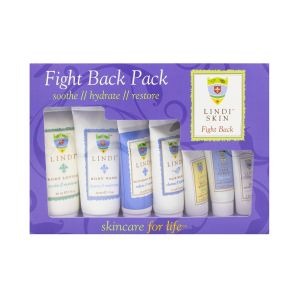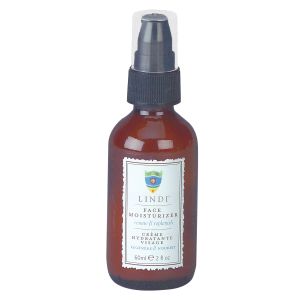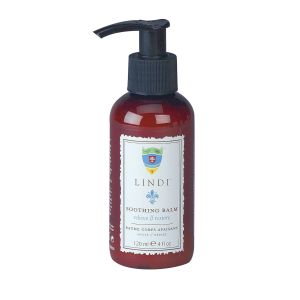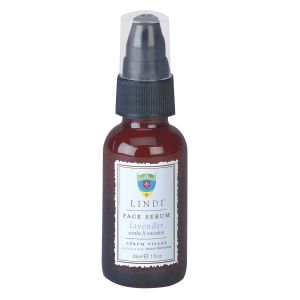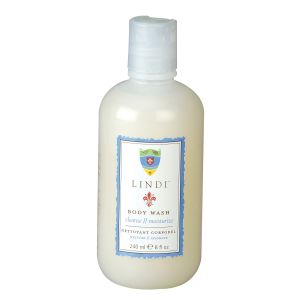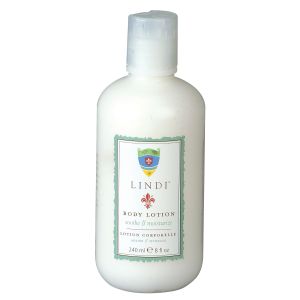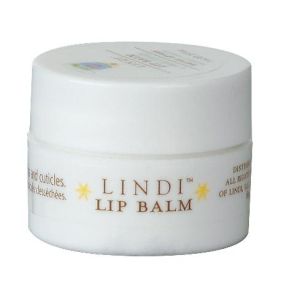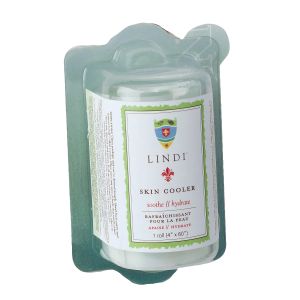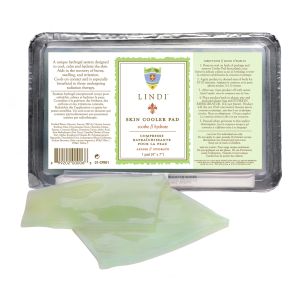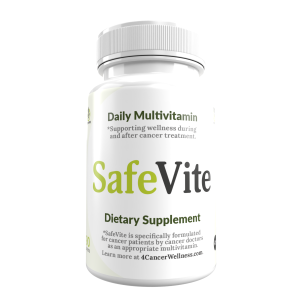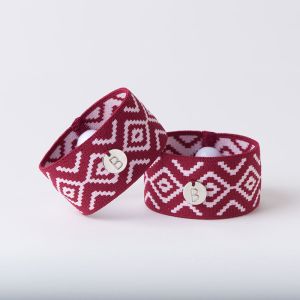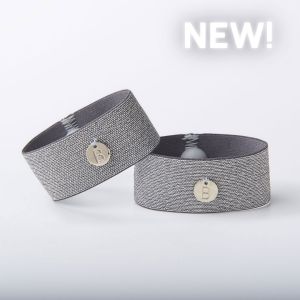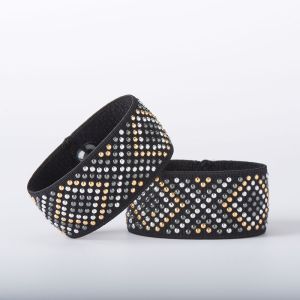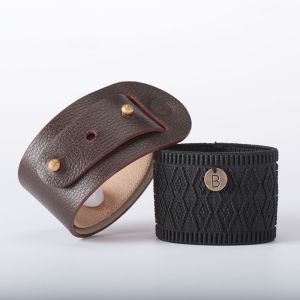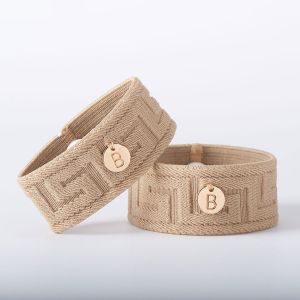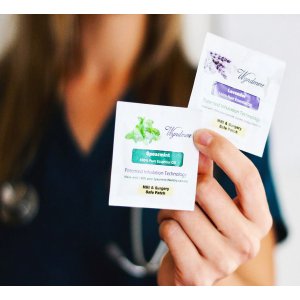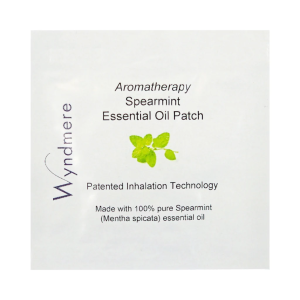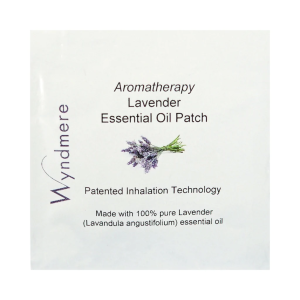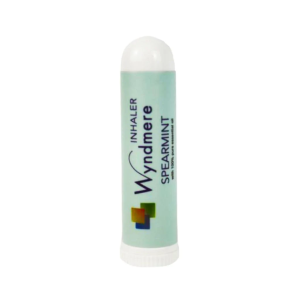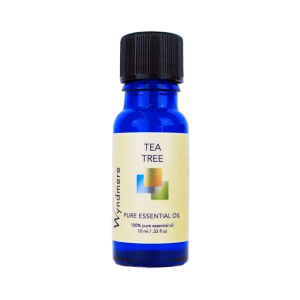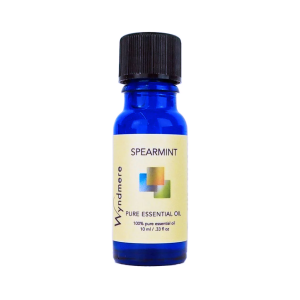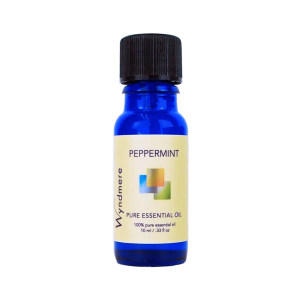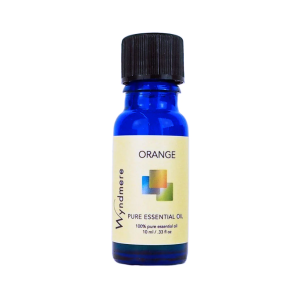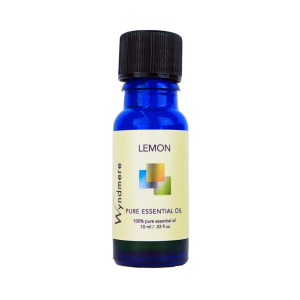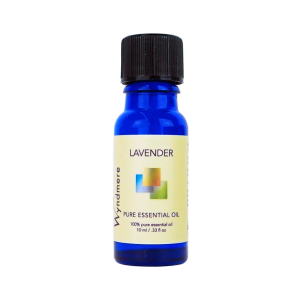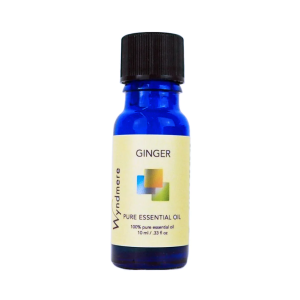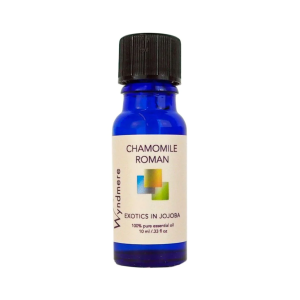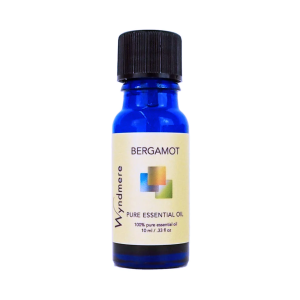- Home
- Categories
Categories
Skincare
In market research conducted by wellCORNER, the majority of healthcare professionals indicate patients undergoing cancer treatment may develop skin issues such as dryness, itchiness, and rash.
The National Cancer Institute recommends using only skin products recommended by your healthcare provider and products should be mild and gentle on your skin. For more information about skin issues related to cancer treatment, visit The American Cancer Society website.
Lindi Skin’s skincare line is designed for specific skin issues. The products are free of all acids, exfoliants, heavy perfumes, and peeling agents. Lindi Skin products contain rich botanicals and ingredients that deliver moisture and nutrients.
Click here to access clinical study information related to some of Lindi Skin’s products
THESE STATEMENTS HAVE NOT BEEN EVALUATED BY THE FOOD AND DRUG ADMINISTRATION. THIS PRODUCT IS NOT INTENDED TO DIAGNOSE, TREAT, CURE OR PREVENT ANY DISEASE.
Shipping available to US Only
Multi-Vitamins
Benefits of good nutrition during cancer treatment1
When you’re healthy, eating enough food to get the nutrients and calories you need is not usually a problem. Most nutrition guidelines stress eating lots of vegetables, fruits, and whole-grain products; limiting the amount of red meat you eat, especially meats that are processed or high in fat; cutting back on fat, sugar, alcohol, and salt; and staying at a healthy weight. But when you’re being treated for cancer, these things can be hard to do, especially if you have side effects or just don’t feel well. Good nutrition is especially important if you have cancer because both the illness and its treatments can change the way you eat. They can also affect the way your body tolerates certain foods and uses nutrients.
The nutritional needs of people with cancer vary from person to person. Please speak with your healthcare provider if you have questions about, or want to discuss your specific nutritional needs. Adequate nutrition may help you:
- Feel better.
- Keep up your strength and energy.
- Maintain your weight and your body’s store of nutrients.
- Better tolerate treatment-related side effects.
- Lower your risk of infection.
- Heal and recover faster
SafeVite is a daily multivitamin designed to support wellness in individuals living with or surviving cancer. The product was created by a team of medical oncologists and pharmacists.
The following references are considered most relevant in formulating SafeVite:
Click here for references
- The nutritional risk in oncology: a study of 1,453 cancer outpatients
- Dietary Vitamin B6 Intake and the Risk of Colorectal Cancer
- The Role of Vitamin D in Cancer Prevention
- Vitamins E and C in the prevention of prostate and total cancer in men: the Physicians’ Health Study II randomized controlled trial
- Should supplemental antioxidant administration be avoided during chemotherapy and radiation therapy?
- Nutritional supplements and cancer: potential benefits and proven harms
- Association of First Primary Cancer With Risk of Subsequent Primary Cancer Among Survivors of Adult-Onset Cancers in the United States
- Randomized, double blinded, placebo-controlled, phase III chemoprevention trial of selenium supplementation in patients with resected stage I non-small lung cancer: ECOG 5597
*THESE STATEMENTS HAVE NOT BEEN EVALUATED BY THE FOOD AND DRUG ADMINISTRATION. THIS PRODUC TIS NOT INTENDED TO DIAGNOSE, TREAT, CURE OR PREVENT ANY DISEASE. IT IS ALWAYS IMPORTANT TO INFORM YOUR PHYSICIAN OF ANY PRODUCT YOU ARE TAKING THAT IS INTENDED TO AFFECT YOUR HEALTH AND WELL-BEING.
Nausea Relief Bracelets
Acupressure is an ancient healing art that’s based on the traditional Chinese medicine practice of acupuncture. With acupressure, you put pressure on specific places on your body. These places are called acupoints. Acupressure on the P6 (Nei-Kuan) point, located between the two central tendons below the wrist, may help some persons reduce nausea and vomiting, a common side effect of chemotherapy.2
Acupressure can be tried on your own by using your fingers to apply pressure to P6. If you find that acupressure on the P6 point helped reduce nausea, nausea bracelets may offer similar relief. View this video for instructions on how to apply acupressure to the P6 point.
Click on the links below to access clinical study information related to the use of acupressure for patients undergoing cancer treatment
https://pubmed.ncbi.nlm.nih.gov/24787745/
https://pubmed.ncbi.nlm.nih.gov/23803562/
https://pubmed.ncbi.nlm.nih.gov/17723973/
Blisslets delivers pressure to the P6 point by means of a specially designed bead embedded in a comfortable elastic, with attractive designs.
Aromatherapy
Aromatherapy is the use of essential oils derived from plants to support overall wellness. Essential oils are used in perfumes and food flavorings, as well as aromatherapy. They are very concentrated, produced by distillation or expression. Most essential oils have been classified as GRAS (generally recognized as safe), at specified concentration limits, by the FDA.
There are many essential oils used in aromatherapy. Each plant's essential oil has a different chemical make-up that affects how it smells, how it is absorbed, and how it may affect the body. The effects of aromatherapy are theorized to result from the binding of chemical components in the essential oil to receptors in the olfactory bulb, potentially impacting the limbic system.
Clinical trials have investigated aromatherapy and results suggest that aromatherapy may improve quality of life concerns and overall wellness. Safety testing on essential oils has identified very few side effects or risks when used as directed.
Click here for information on clinical trials related to aromatherapy.
Wyndmere Naturals provides top quality essential oils, using all natural ingredients, with amazing customer service. Founded in 1995, they have sourced their essential oils from the same trusted suppliers since inception. Their oils are specifically grown, harvested, and distilled for holistic aromatherapy trade. They are never adulterated and third-party tested.
*THESE STATEMENTS HAVE NOT BEEN EVALUATED BY THE FOOD AND DRUG ADMINISTRATION. THIS PRODUC TIS NOT INTENDED TO DIAGNOSE, TREAT, CURE OR PREVENT ANY DISEASE. IT IS ALWAYS IMPORTANT TO INFORM YOUR PHYSICIAN OF ANY PRODUCT YOU ARE TAKING THAT IS INTENDED TO AFFECT YOUR HEALTH AND WELL-BEING.

